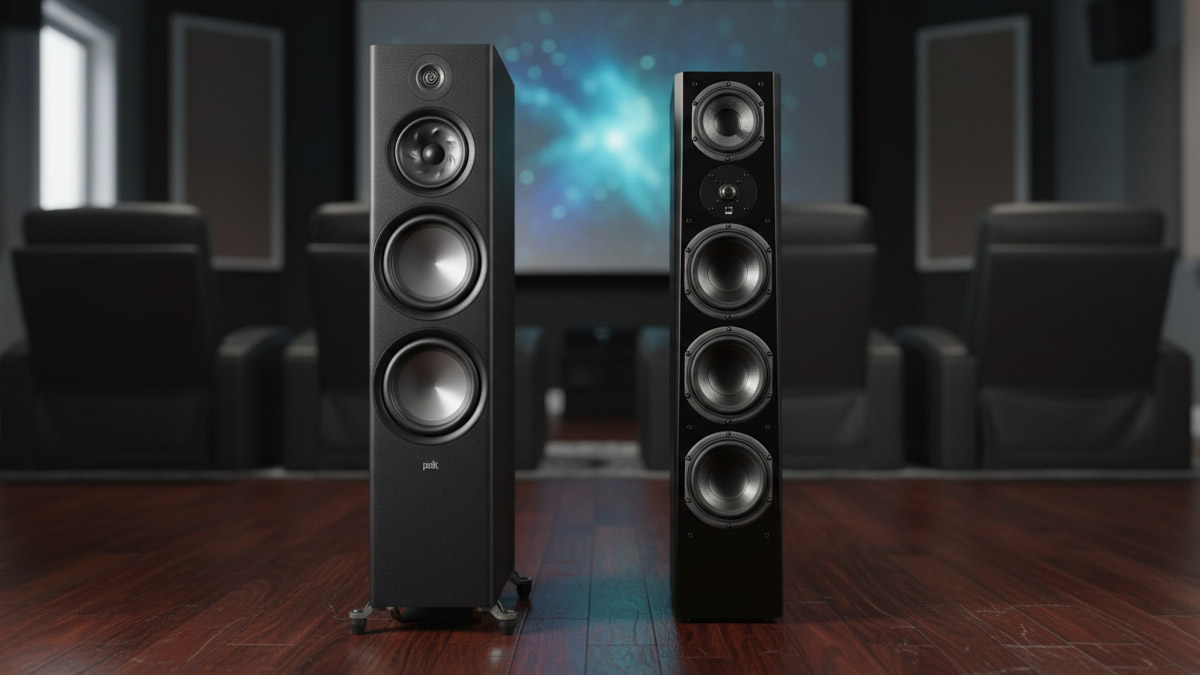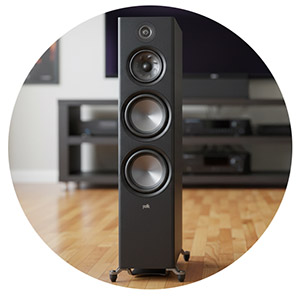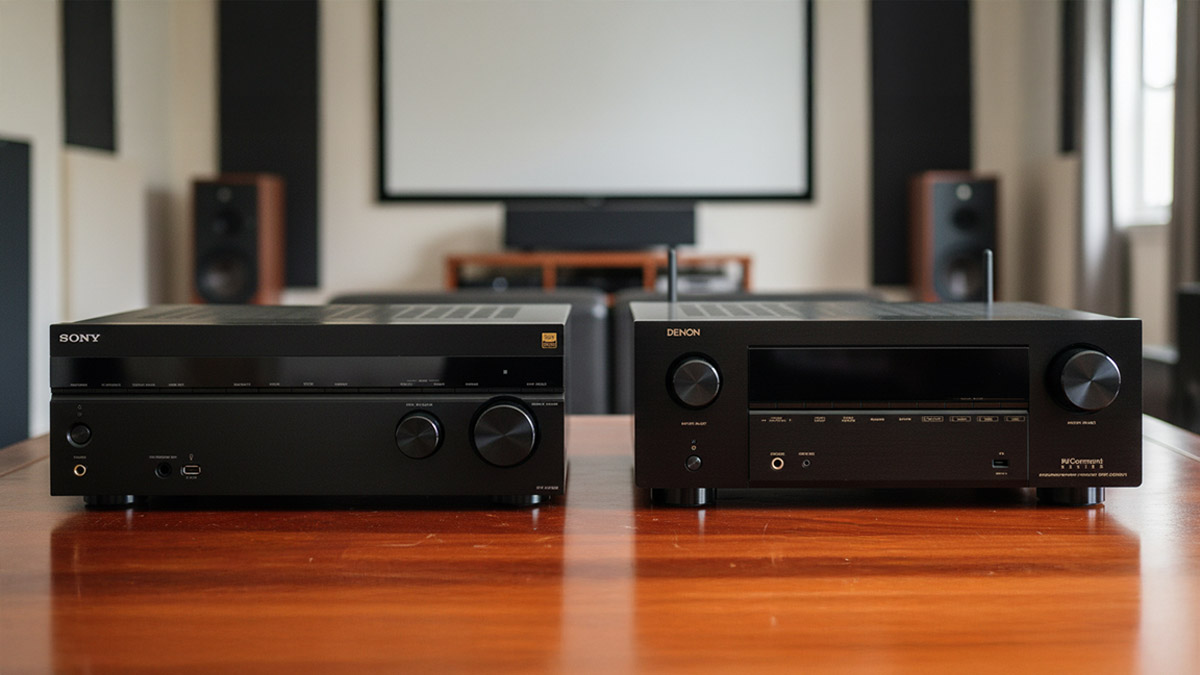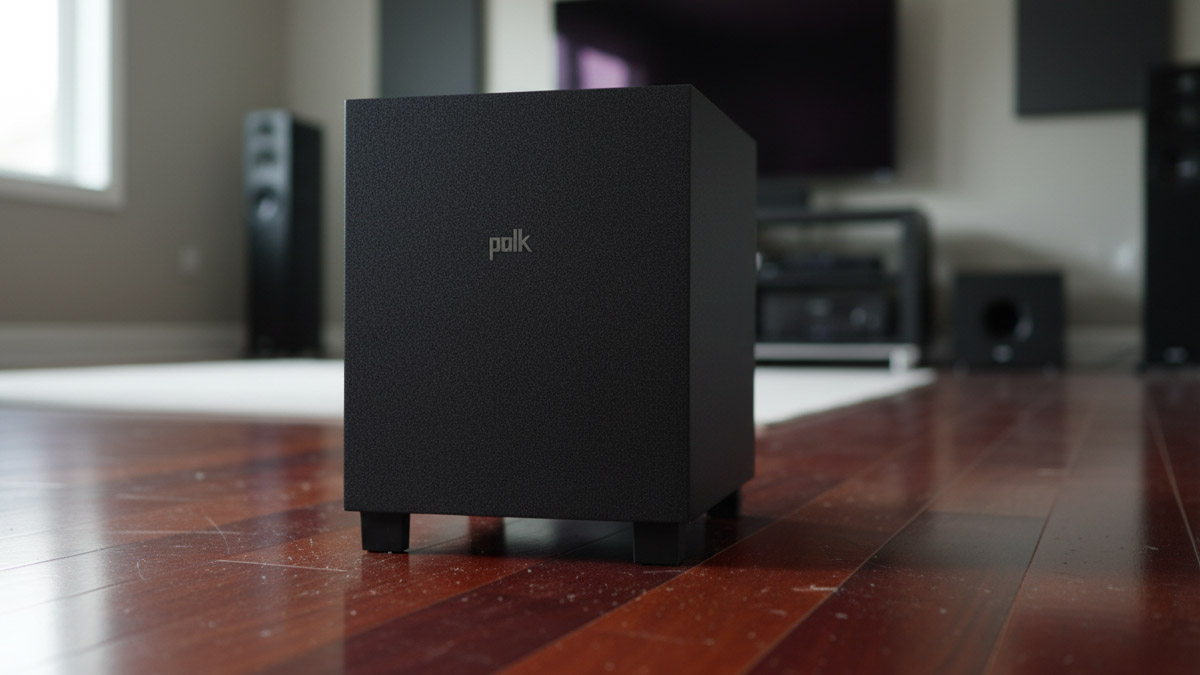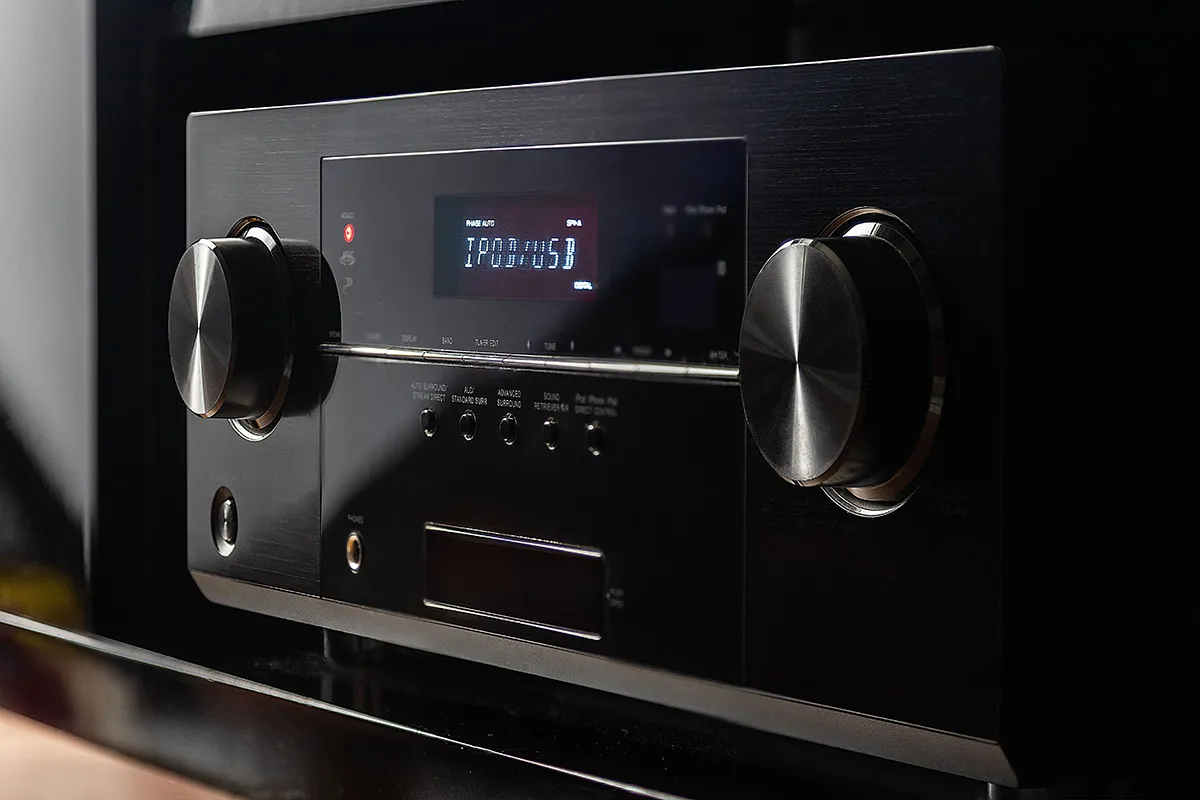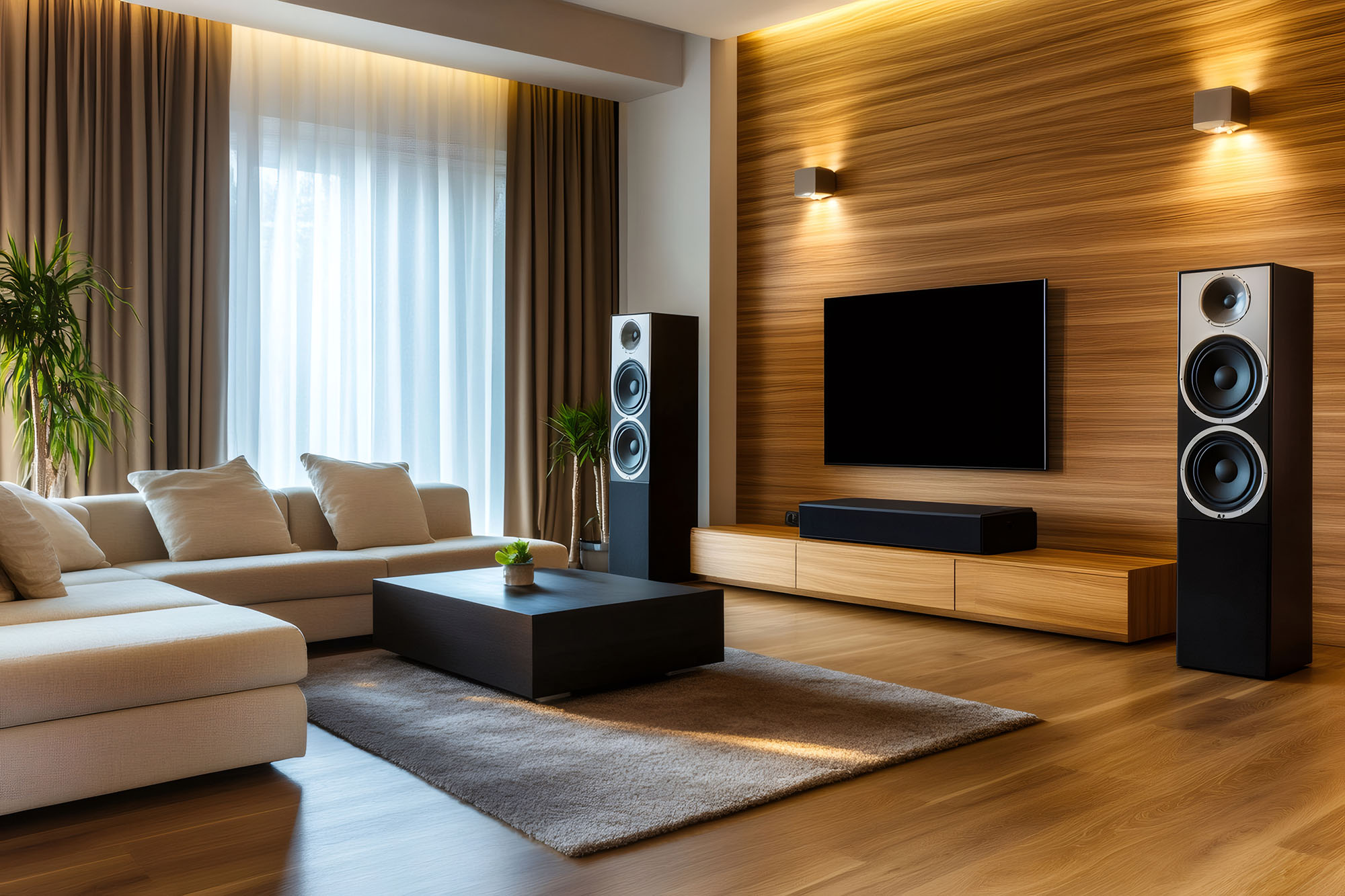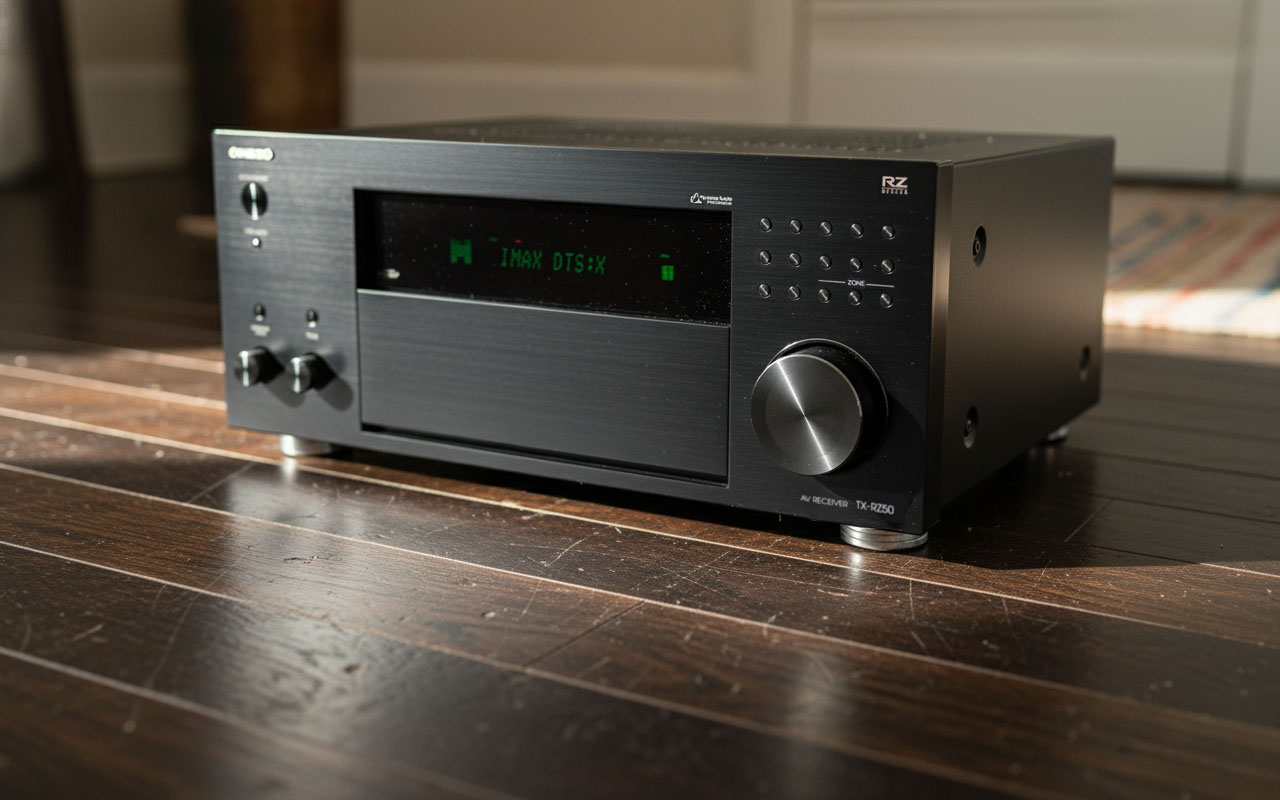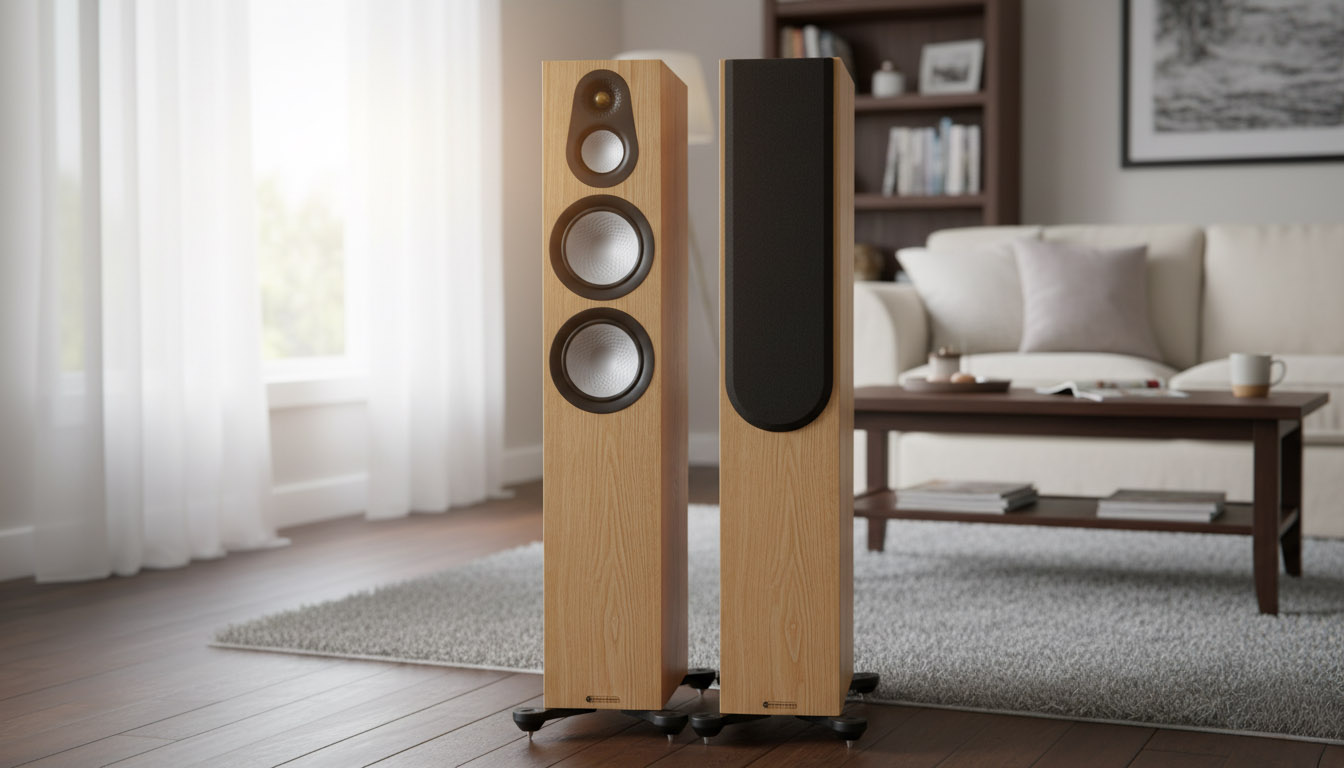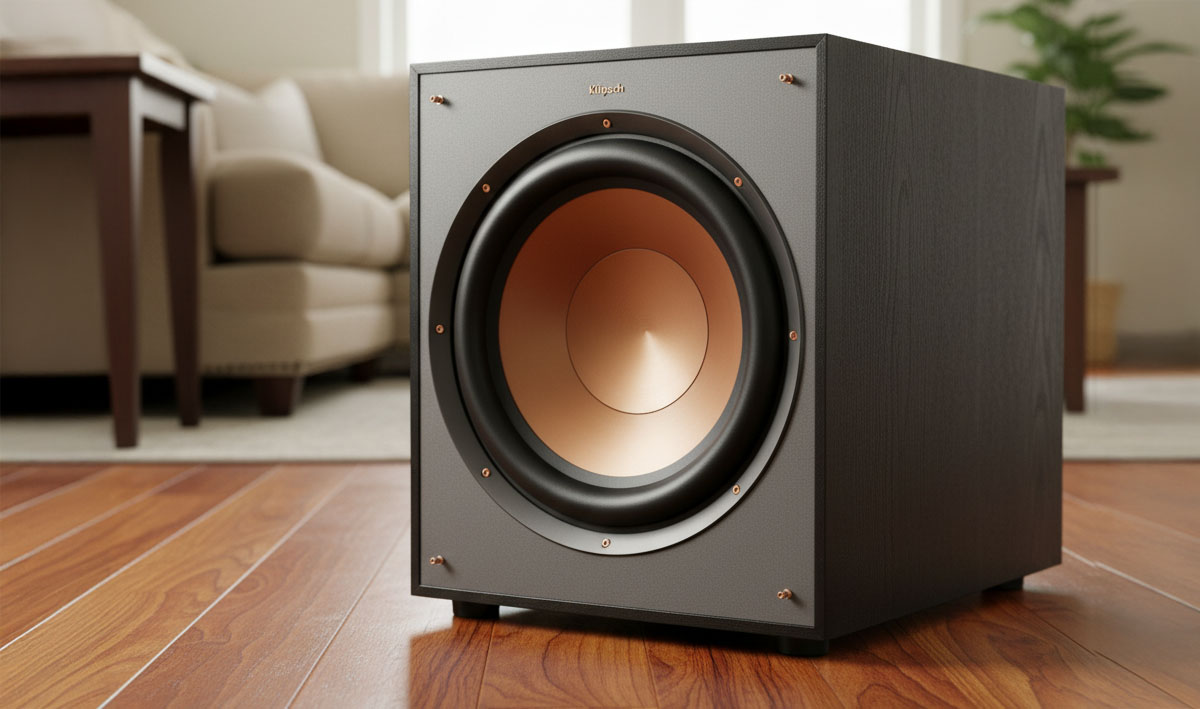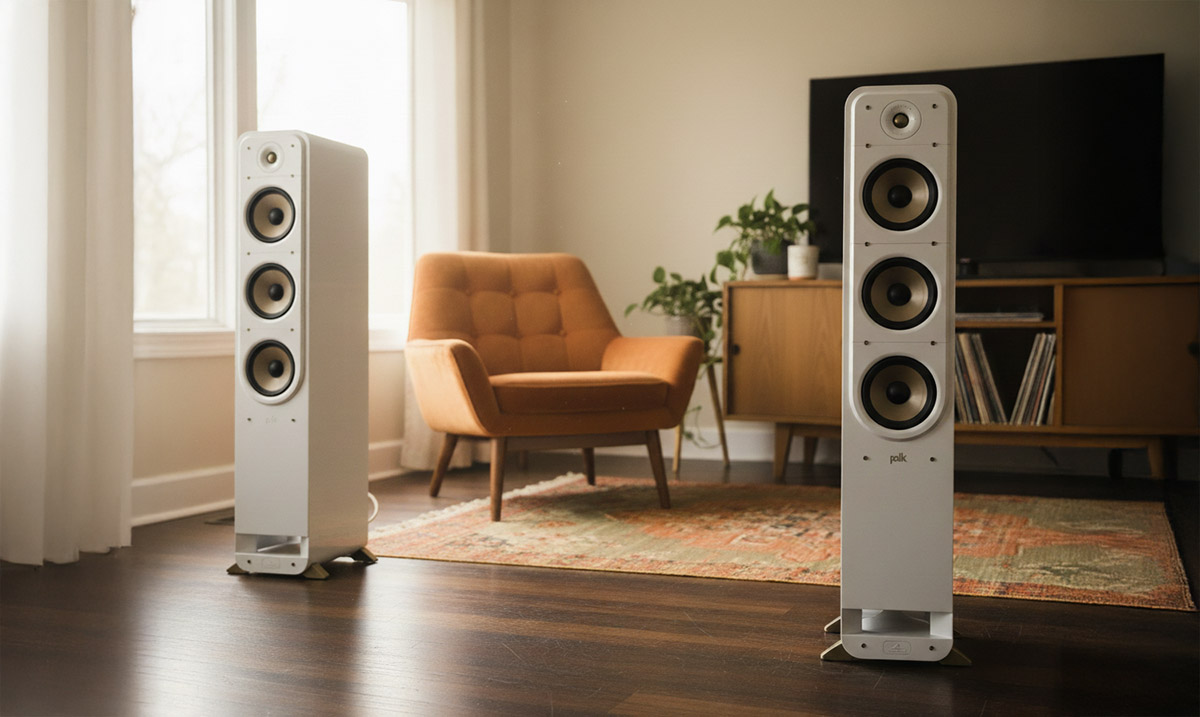You are looking at two polished paths to big sound. Polk’s Reserve R700 aims for neutrality, deep reach, and a wide sweet spot. SVS’s Prime Pinnacle goes slim and fast, with three dedicated woofers that are over achievers. Both can anchor music and movie nights. The right choice depends less on the spec sheet and more on how sensitivity and directivity play with your room, your seating, and your amplifier.
What they are in plain language
Polk Reserve R700
is a 3 way tower. Treble comes from a 1 inch Pinnacle ring radiator, the midrange gets its own 6.5 inch Turbine Cone, and bass arrives through two 8 inch woofers that load a down firing port on a sturdy plinth. Polk publishes 38 Hz to 38 kHz at the minus 3 dB points, 88 dB sensitivity at 2.83 volts, and a 3.6 ohm minimum impedance. Translation, it plays deep for the size, spreads sound evenly, and appreciates an amp with real current.
SVS Prime Pinnacle
is also 3 way but uses a different recipe. A 1 inch aluminum dome handles the top, a 5.25 inch mid locks voices, and three 6.5 inch woofers handle bass through triple rear ports. SVS rates it 29 Hz to 25 kHz at plus or minus 3 dB, 88 dB sensitivity, 8 ohm nominal. In practice, it reaches low for a slim cabinet and projects a tight center image with crisp edges.
How they tend to sound to most listeners
The Polk 700 leans composed and natural. Cymbals sit airy, not hot, vocals carry body, and bass has shape as well as weight. The image hangs between the speakers and stays organized when the music gets busy. You can listen for hours and never feel poked in the ear.
The SVS Prime Pinnacle feels lively and confident. Transients jump, kick drums stop and start cleanly, and detail pops without turning edgy when you aim the speakers sensibly. Despite the narrow face, bass reaches deeper than you expect, especially with a little wall support.
Sensitivity and directivity with room by room context
Sensitivity tells you how loud a speaker gets for each watt. Directivity describes where that energy goes. Your room decides how those traits land on your ears.
Small reflective living room
Hard floors, big windows, few soft surfaces.
- Sensitivity at work: A responsive speaker helps at lower volumes because the amp is coasting. Both are 88 dB on paper, yet the SVS’s punchy transient feel often reads as “louder” at the same setting.
- Directivity at work: Broad dispersion fills space but can sharpen treble when walls reflect early. The Polk’s even spread sounds open here if you add a rug at first reflections and keep side wall distances symmetrical. With SVS, aim a few degrees off axis to keep sparkle and lose edge.
Fast setup: Start 16 to 20 inches from the wall. Toe tweeters to point just outside your shoulders. Add a small rug or panel at first reflections. Adjust toe in until consonants are clear, not spitty.
Medium room with everyday furnishings
Couch, rug, curtains, bookshelves.
- Sensitivity: A clean 60 to 100 watt amplifier runs either tower well. Late night listening favors the SVS’s snappy dynamics, since detail stays awake at moderate volume.
- Directivity: Polk’s wide radiation builds a stable stage across the couch. SVS delivers a slightly tighter center focus, which flatters dialogue and lead vocals.
Fast setup: Give the Polks 18 to 24 inches for the down firing port to breathe. Place the SVS 16 to 20 inches out, then try a wider speaker spread while guarding the center.
Open plan great room
Large volume and longer listening distances.
- Sensitivity: Big air soaks up loudness. Both appreciate more power. The SVS’s triple 6.5s hold impact at range.
- Directivity: Dispersion matters less than displacement and current. Polk’s deeper extension helps fill the room when your amp is stout and stable into lower impedance dips.
Fast setup: Keep at least 20 inches from the wall. If bass is thin, close the gap in 2 inch steps. Add a sub crossed low for the last octave without stealing midbass from the towers.
Long narrow room
Early side reflections are strong.
- Sensitivity: Not the main lever here.
- Directivity: Control is king. SVS’s narrow baffle and focused center make placement easier. Polk still excels if you treat first reflection zones and keep distances to side walls matched within a half inch.
Fast setup: Cross the SVS axes just behind your head. Aim the Polks just outside your shoulders. Slide both pairs forward and back together in 1 inch moves while playing a spoken voice until chestiness drops.
Nearfield or short seating distance
You sit 6 to 8 feet away.
- Sensitivity: Average levels, but peaks still need clean watts.
- Directivity: Driver integration matters. Polk’s dedicated mid keeps voices on one cone over a wide band, which helps as you move your head. SVS behaves like a compact point source higher into the range, which also locks images. Pick by taste after level matching.
Fast setup: Form an equilateral triangle with your seat and the tweeters. A single degree of toe in can flip the center from soft to razor sharp.
Treated media room
Bass traps, panels, symmetry already in your favor.
- Sensitivity: You get more usable dynamic range because reflections are tamed.
- Directivity: With less splash, both deliver more direct sound. Polk paints a wide canvas. SVS draws hard edges and laser center. You can toe the SVS in more aggressively without hardening the top end.
Fast setup: Toe SVS so axes cross a foot behind your head. Keep Polk a touch wider and adjust toe for image size and focus. Check ear height is near tweeter height.
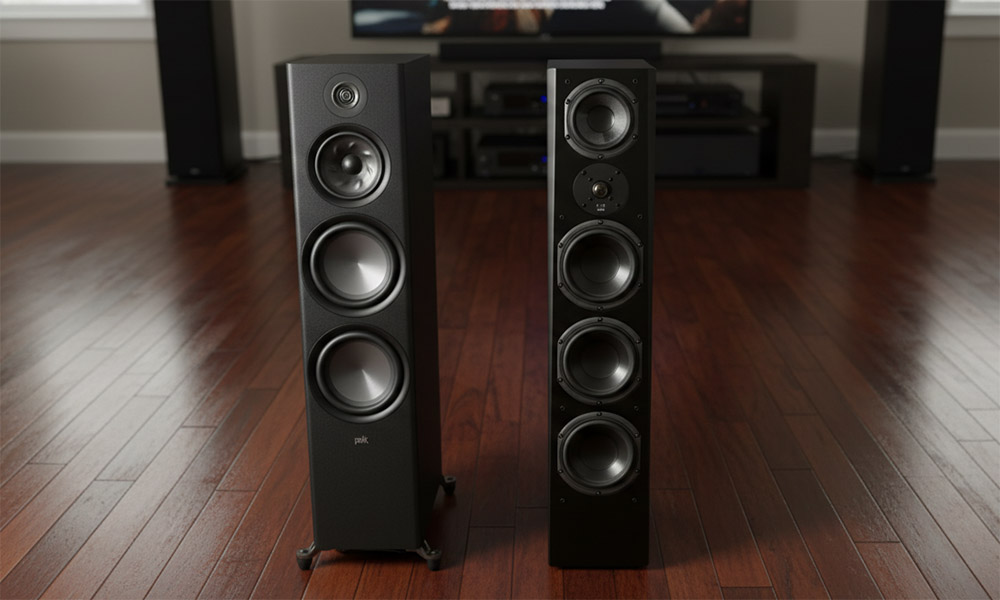
Power matching that avoids surprises
Plan for peaks, not just average level. At ~9 feet, an 88 dB speaker needs roughly 30 to 40 clean watts for spirited listening with 10 dB of headroom. As the room grows, current matters more than the watt number on the box. The R700 repays an honest 80 to 120 watt amp that is comfortable into 4 ohms. The Prime Pinnacle plays confidently on the same gear and scales audibly with more current, yet it does not demand a brute to sound alive.
Bass, subs, and clean handoffs
The Polk Reference R700 reaches low enough that many run it full range for music. For theater, cross to a sub around 60 to 80 hertz to even out the deepest notes across seats. Keep thick rugs away from the plinth opening so the port breathes.
The Prime Pinnacle brings convincing bass for a slim tower. Pair it with a sub for big films at that same 60 to 80 hertz range. Let the three 6.5s keep midbass punch while the sub carries the last octave. Dialogue gets clearer because cone travel through the vocal band drops.
Practical tips tied to sensitivity and directivity
- Bright room, listen a few degrees off the SVS tweeter axis. Keep detail, lose glare.
- Wide couch, give the Polk more side wall space and minimal toe in. Tone stays even as you slide left or right.
- Late night sessions, try a gentle loudness contour with Polk, or keep SVS a little closer to the wall for supportive bass at low volume.
- Springy floors, add a dense slab or compliant feet under either tower for tighter bass pitch.
Who should pick Polk Reserve R700
Choose Polk if you want an even keel, deep bass with pitch, and a stage that stays solid across several seats. Your room can spare 18 to 24 inches behind the speakers, and your amplifier has the grip to control a 3.6 ohm dip.
Who should pick SVS Prime Pinnacle
Choose SVS if you want clean punch, crisp detail, and an easy fit in tighter layouts. Your amplifier is competent rather than massive, and you plan to add a sub for big movie nights. You like a speaker that wakes up at modest volumes and still scales when you push it.
Bottom line
Sensitivity and directivity are not trivia. They decide how a speaker behaves in your room, at your distance, and at your volume. The Polk 700 builds a calm, wide window with convincing reach and long haul comfort. The SVS Prime Pinnacle draws a bold, focused picture with quick transients and bass that belies its size. Match the tower to the environment you live in, spend 30 minutes on placement, and the gains will dwarf anything a spec line promises.
Teksignal.com participates in the Amazon Services LLC Associates Program, an affiliate advertising program designed to provide a means for sites to earn advertising fees by advertising and linking to Amazon.com. The reviews on this site are hands-off consensus reviews. We analyzed owner feedback across the internet and manufacturer documentation. We summarize sentiment; we do not republish individual user posts.

